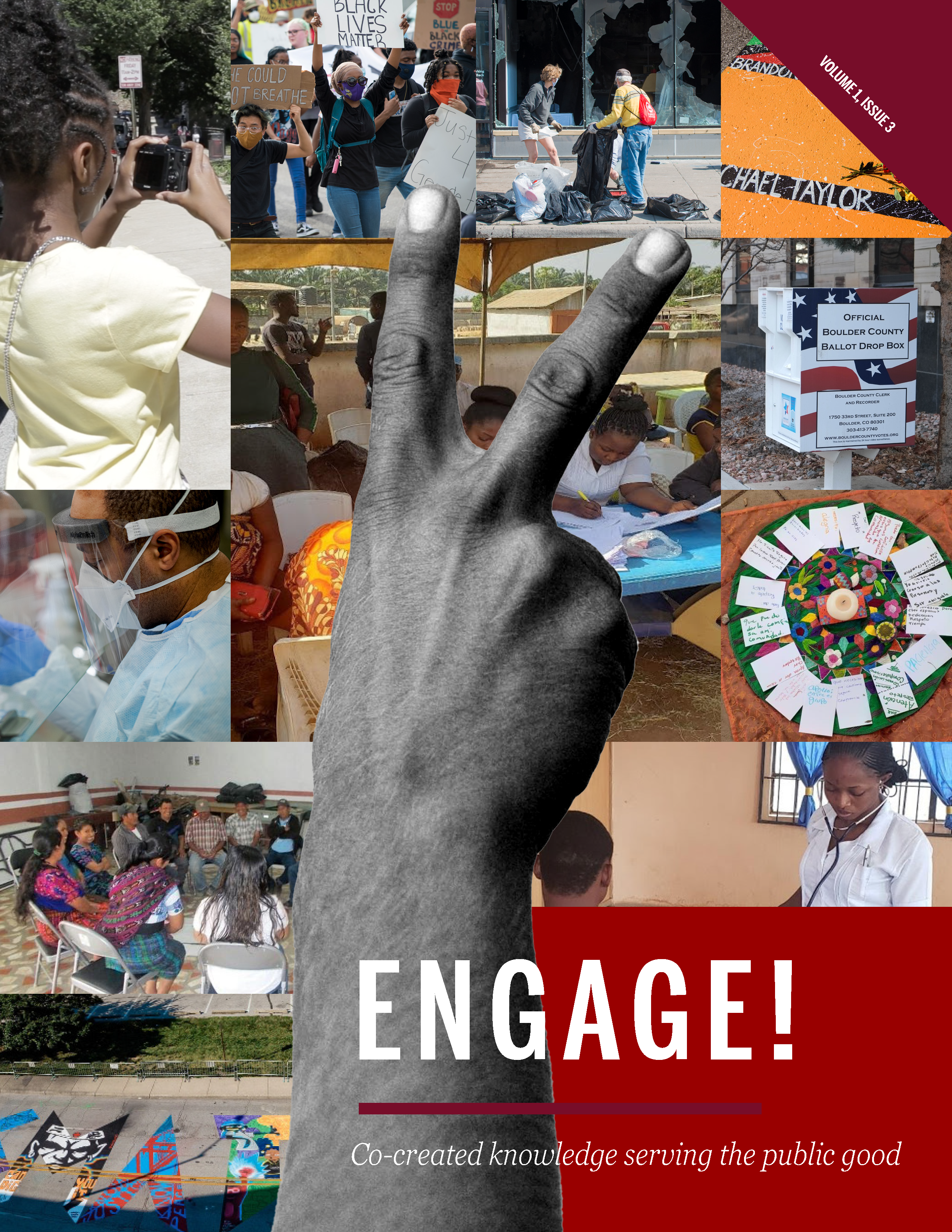Protective Factors using the Life Course Perspective in Maternal and Child Health
A Community-Based Participatory Research Approach
DOI:
https://doi.org/10.18060/24205Keywords:
Community-based participatory research (CBPR), maternal and child health, life course perspective, protective factors, qualitative researchAbstract
The life course perspective, a valuable theoretical framework for investigating racial disparities in birth outcomes, examines the cumulative exposure of risk and protective factors throughout the life span. Although risk and protective exposures are equally vital to health, most studies have focused solely on the risk factor exposures faced by vulnerable populations. In clear contrast to the traditional public health approach which emphasizes a deficit model, strengths-based approaches can elucidate pathways on protective factors that foster resilience. Such positive perspectives represent a paradigm shift that views communities as valuable assets that have the capacity to fully engage themselves and their residents to achieve optimal health. Participatory action research methods are well-suited to apply a strengths-based approach to understand health disparities. Our study aimed to explore maternal and child health protective factors, from community residents’ perspective. We conducted 10 community-based participatory focus groups with community residents Tampa, Florida guided by the life course perspective. A total of 78 residents participated in ten focus groups. Perceived protective factors during pregnancy included self-esteem, spirituality, pregnancy support, good nutrition, prenatal care, and community resources. Protective factors for non-pregnant women were self-esteem, spirituality, social support, health literacy, community support and community resources, and societal factors. For children and adolescents, relevant protective factors were self-esteem, positive role models, nutrition and physical activity, and community support. The identified factors are community assets or strengths that mitigate or eliminate maternal and child health risks in families and communities residing in low-income neighborhoods, which must be considered in developing effective maternal and child health interventions.
Downloads
Published
Issue
Section
License
Copyright (c) 2020 Abraham Salinas-Miranda, Lindsey King, Hamisu Salihu, Roneé Wilson, Susan Nash, Sarah Collins, Estrellita Berry, Deborah Austin, Kenneth Scarborough, Evangeline Best, Lillian Cox, Georgette King, Carrie Hepburn, Conchita Burpee, Richard Briscoe, Julie Baldwin

This work is licensed under a Creative Commons Attribution-NonCommercial 4.0 International License.

